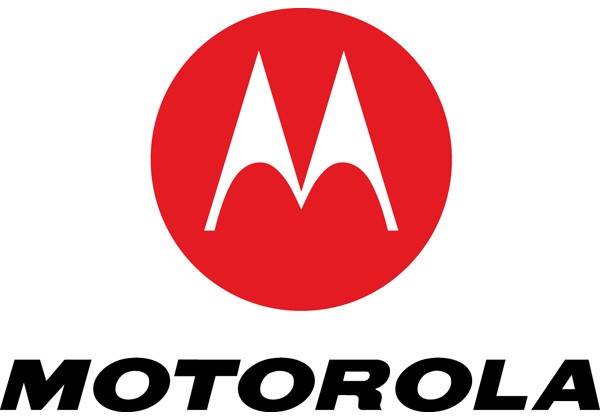 Earlier today, Motorola officially detailed its upgrade path for its Android smartphone family in the wake of last year’s release of Android 4.0, also known as Ice Cream Sandwich.
Earlier today, Motorola officially detailed its upgrade path for its Android smartphone family in the wake of last year’s release of Android 4.0, also known as Ice Cream Sandwich.
Along with its list of devices that will and will not receive the update, the manufacturer, one step closer to being a complete Google subsidiary following yesterday’s approval of the purchase by regulators in the European Union, has also detailed its process for updating its device lineup to a new version of Android and specifically breaks down what makes Android Ice Cream Sandwich different compared to previous versions. Continue reading for the chart and the breakdown of their reasoning regarding the longer than expected wait for Android Ice Cream Sandwich updates.
Motorola’s success with updating Android smartphones has historically been worse than average, with many of its first and second generation Android smartphones having support ended prematurely in favor of releasing new devices with updated versions of Android, despite the previous device being less than 12 months old and having support pulled in favor of the new device.
This behavior also underscores the systemic issues with Android smartphone development in the increasing compression of device development timeframes leading to forced obsolesence, as carriers and manufacturers increasingly collaborate on exclusive devices and continuously release devices in a marketplace becoming overcrowded with smartphones in order to grab smaller and smaller percentages of marketshare. Below, the full chart detailing the Android Ice Cream Sandwich update cycle for the current lineup.
The above chart clearly demonstrates why Motorola felt compelled to release both the chart and what amounts to an explanation on why Ice Cream Sandwich updates will take longer than expected, even for phones that were released as recently as December into the last week of January, as the earliest update for Ice Cream Sandwich won’t be available until well into the third quarter of the year, while recent releases like the Droid RAZR/MAXX do not even have a timeframe for its expected update to Ice Cream Sandwich, despite meeting the minimum specs necessary to support the update before any additional work that may be imposed by carriers in order to meet approval.
It should also be noted that tablets are seemingly given precedence over smartphones in regards to timely updates to Ice Cream Sandwich, as the first generation XOOM line of tablets has received its long-awaited update, while the successor Xoom Family Edition will receive its update during the second quarter of the year, barring any delays.
With Motorola detailing why updates to Ice Cream Sandwich will not be as timely as many would like, some of the onus also has to be placed on the carriers for their approval processes which also affect release timeframes for updates in a more direct manner, since any update that does not perform well must be worked on until it passes carrier testing, which can be more expensive than general device testing.
With such increasingly expensive development, it’s a wonder that carriers continue releasing Android devices at the current rate, as it means that very few actually make a profit and many of them may actually be positioned as loss leaders in order to drive customer agreements, which may explain the accelerated release cycle. What remains to be seen is whether Motorola will change its current release pattern or if it will continue on its current path with Google as their new owner.
